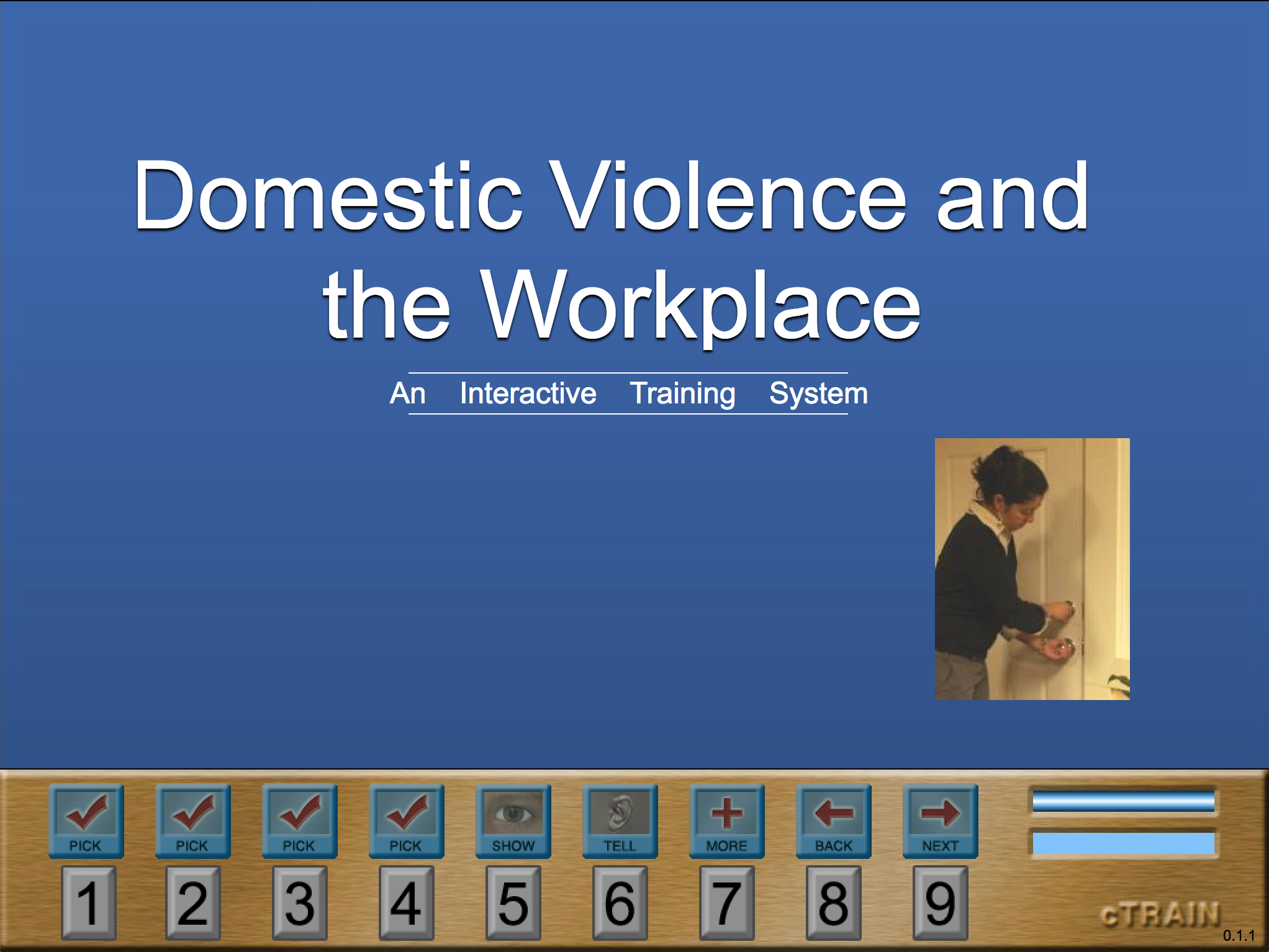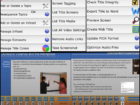Description
Domestic Violence and the Workplace The training was developed by content specialist Dr. Nancy Glass of Johns Hopkins University and training specialist Dr. Kent Anger of OHSU and NwETA. Content defines Intimate Personal Violence (IPV) in the workplace, describes the kinds of abuse experienced by victims, information about survivors and perpetrators in the workplace, steps a workplace can take to support victims of Intimate Personal Violence (domestic abuse) and create a positive workplace climate for victims, and offers a model workplace policy that is supportive of victims of IPV. Contains one specific section on Oregon’s laws for IPV victims. The work is a product of Dr. Kent Anger’s laboratory.
Evidence Base
This Intimate Personal Violence (IPV) training was tested in a randomized control trial in Oregon counties. IPV training was provided to 14 intervention counties and 13 control counties (receiving training 6 months delayed). There were 941 participants in the initial training, and 579 completed survey and other data collection at 12 months after the initial training. Measures included workplace climate surveys, IPV knowledge test, and workplace observations. The training (i) significantly improved supervisor knowledge on IPV and received positive evaluations, (ii) significantly improved workplace climate towards IPV which was maintained over time, and (iii) after the training, supervisors provided more IPV information to employees and more IPV postings were available in the workplace as recommended in the training. The study provides evidence to support on-site interactive, computer based training as a means for improved workplace safety and a better, more supportive work environment for people subject to IPV (Glass et al., 2016).
Record of Results
Licensing provides an account, password option and secure server space where all results are saved in your organization’s space; results can be downloaded through our Data Reports tool (free).
Users who complete the final test can print a certificate of completion on the following screen.
Notes
• Trainings (licensed ‘uses’) can begin at any time over a year from the initial date on the license.
• Once a training is begun there is no time limit on when it can be completed.
• Users can quit the training (press esc or close browser) and click the original link to return to the same place in the training if they use the exact same user name that they entered when starting training.




